MILTON, Ontario, Canada: Dental crowns are available in a variety of materials, making it difficult for dentists to decide which material will best restore a tooth that has been broken or worn down. While it has been proved that stainless-steel crowns (SSCs) are highly effective in restoring posterior primary teeth, their efficacy in restoring posterior permanent teeth has not yet been scientifically proved. Now, a recent study has examined the long-term clinical outcomes of using SSCs in a special needs population and confirmed that SSCs are a viable and durable option for the treatment of both types of dentition.
In the retrospective cohort study, the researchers performed a clinical and radiographic analysis of 271 patients who showed a poor level of oral hygiene, were at high risk of dental caries and had at least one SSC restoration. A total of 2,621 posterior permanent tooth restorations were documented: 766 SSCs, 1,651 amalgam restorations and 204 composite resin restorations.
“I noticed that many adults with and without special needs who had their dental care provided by dentists in the community were presenting to our hospital emergency department with posterior permanent teeth restored with very large multisurface amalgam or resin restorations that had failed. The persons were usually in pain and the teeth were, in many cases, unrestorable or required endodontic therapy,” Dr. Alison Sigal, a pediatric dentist and founder of the Little Bird Pediatric Dentistry in Milton, told Dental Tribune International. “I knew from my training in pediatric dentistry that SSCs were very successful in primary posterior teeth and wondered whether they could be equally successful in the permanent posterior dentition,” she added.
The findings showed that new SSC and amalgam restorations had a ten-year survival rate of 79.2% and 63.5%, respectively. Although the researchers recorded 91 SSC failures, Sigal gave the assurance that the majority of the crowns that were lost were due to generalized periodontal disease and not due to the failure or loss of the restoration.
Of the 528 failed conventional restorations that were replaced by the dentists, 60% were replaced with SSCs. After the defective restorations had been replaced, the patients had a mean alveolar bone loss at mesial and distal sites of 1.36 mm and 1.40 mm, respectively, which was deemed healthy.
“SSCs are full-coverage restorations and as such will add strength to the remaining tooth and are generally not at risk for dental caries, whereas amalgam and composite resin restorations both weaken the remaining tooth structure and are susceptible to recurrent caries and fracture or margin failure. Further, as found in our study, teeth that had failed amalgam and/or composite resin restorations that would otherwise be deemed nonrestorable with a larger surface restoration and to be extracted were able to be preserved with the placement of the SSC restoration,” she noted.
Since the study was conducted on persons with special needs, Sigal cautions that the findings cannot be generalized. However, she believes that SSCs would be similarly successful in restoring permanent posterior teeth in the general population.
“SSCs are durable long-term restorations that are less expensive than other full-coverage restorations and should be considered as a potential restoration for both primary and permanent posterior teeth, especially in persons with special needs and those with limited finances or failing oral hygiene,” Sigal concluded.
According to the American College of Prosthodontists, an estimated 2.3 million implant-supported crowns are produced annually in the U.S.
The study, titled “Stainless steel crowns as a restoration for permanent posterior teeth in people with special needs: A retrospective study,” was published online on Dec. 27, 2019, in the Journal of the American Dental Association, ahead of inclusion in an issue.
Tags:
OSLO, Norway/HELSINKI, Finland: Stainless steel crowns are recommended for restorative treatment in young patients with teeth severely affected by caries, ...
SEATTLE, U.S.: Owing to its easy application, its affordable price and the low risk of swallowing the product, fluoride varnish (FV) has become a popular ...
JENA, Germany: Funded by the German Research Foundation, psychologists from the Friedrich Schiller University Jena in Germany, along with colleagues from ...
The management of dental caries in children is necessary because caries is a progressive disease which can eventually damage the tooth and can be ...
Dental technicians have so many different restorative materials and design and finishing concepts available to them that it can seem difficult to select the...
SAINT-MAUR-DES-FOSSÉS, France: With over 500 publications referencing the product on PubMed—a number that is growing every week—Biodentine is one of ...
BERLIN, Germany: A four-country randomised controlled clinical trial recently proved the clinical performance and superior cost-effectiveness of glass ...
GENEVA, Switzerland: Researchers from the University of Geneva (UNIGE) are seeking to learn why certain species of catfish are able to grow teeth outside ...
LEIOA, Spain: The human oral cavity is populated by a variety of bacteria. Surgical procedures in the mouth thus pose the risk of bacteria passing into the ...
When dental zirconia evolved into a highly aesthetic material suitable for the production of restorations with a monolithic design or minimal labial ...
Live webinar
Mon. 12 January 2026
9:00 am EST (New York)
Prof. Judith Jones D.D.S; M.P.H., Prof. Kakuhiro Fukai D.D.S., Ph.D, Dr. Bathsheba (Bethy) Turton
Live webinar
Wed. 14 January 2026
12:00 pm EST (New York)
Dr. Théo Laplane, Dr. Robert Gottlander DDS
Live webinar
Fri. 16 January 2026
12:00 pm EST (New York)
Live webinar
Mon. 19 January 2026
1:00 pm EST (New York)
Philipp Kopp, Michael Seeber
Live webinar
Thu. 22 January 2026
2:00 pm EST (New York)
Dr. Nicola M. Grande DDS, PhD
Live webinar
Wed. 28 January 2026
8:00 am EST (New York)
Live webinar
Wed. 28 January 2026
11:00 am EST (New York)
Prof. Dr. Jan-Frederik Güth



 Austria / Österreich
Austria / Österreich
 Bosnia and Herzegovina / Босна и Херцеговина
Bosnia and Herzegovina / Босна и Херцеговина
 Bulgaria / България
Bulgaria / България
 Croatia / Hrvatska
Croatia / Hrvatska
 Czech Republic & Slovakia / Česká republika & Slovensko
Czech Republic & Slovakia / Česká republika & Slovensko
 France / France
France / France
 Germany / Deutschland
Germany / Deutschland
 Greece / ΕΛΛΑΔΑ
Greece / ΕΛΛΑΔΑ
 Hungary / Hungary
Hungary / Hungary
 Italy / Italia
Italy / Italia
 Netherlands / Nederland
Netherlands / Nederland
 Nordic / Nordic
Nordic / Nordic
 Poland / Polska
Poland / Polska
 Portugal / Portugal
Portugal / Portugal
 Romania & Moldova / România & Moldova
Romania & Moldova / România & Moldova
 Slovenia / Slovenija
Slovenia / Slovenija
 Serbia & Montenegro / Србија и Црна Гора
Serbia & Montenegro / Србија и Црна Гора
 Spain / España
Spain / España
 Switzerland / Schweiz
Switzerland / Schweiz
 Turkey / Türkiye
Turkey / Türkiye
 UK & Ireland / UK & Ireland
UK & Ireland / UK & Ireland
 Brazil / Brasil
Brazil / Brasil
 Canada / Canada
Canada / Canada
 Latin America / Latinoamérica
Latin America / Latinoamérica
 USA / USA
USA / USA
 China / 中国
China / 中国
 India / भारत गणराज्य
India / भारत गणराज्य
 Pakistan / Pākistān
Pakistan / Pākistān
 Vietnam / Việt Nam
Vietnam / Việt Nam
 ASEAN / ASEAN
ASEAN / ASEAN
 Israel / מְדִינַת יִשְׂרָאֵל
Israel / מְדִינַת יִשְׂרָאֵל
 Algeria, Morocco & Tunisia / الجزائر والمغرب وتونس
Algeria, Morocco & Tunisia / الجزائر والمغرب وتونس
 Middle East / Middle East
Middle East / Middle East
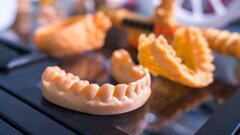
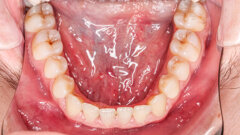





















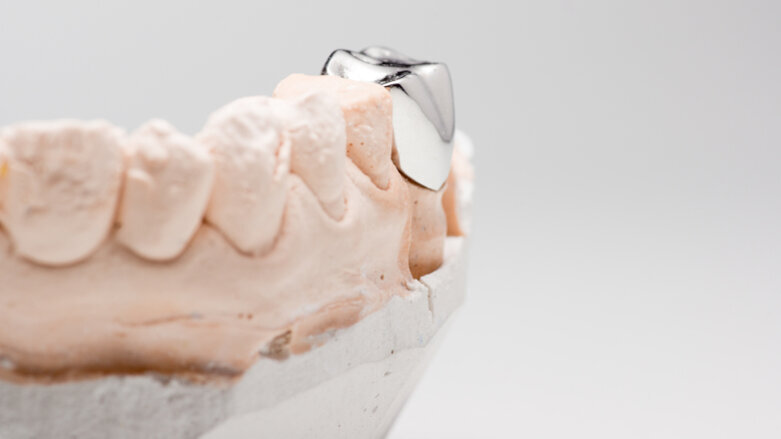






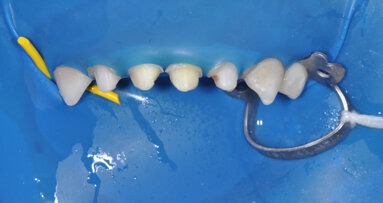
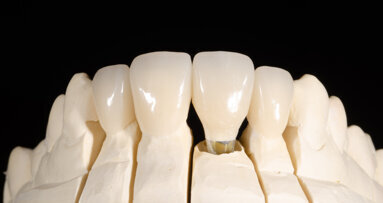
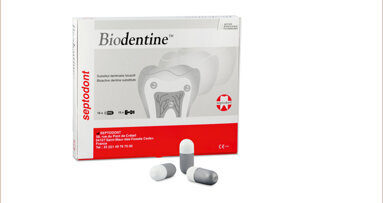



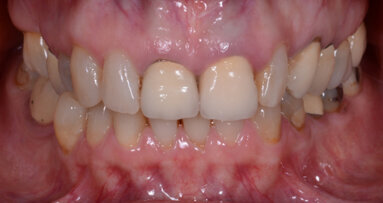










To post a reply please login or register